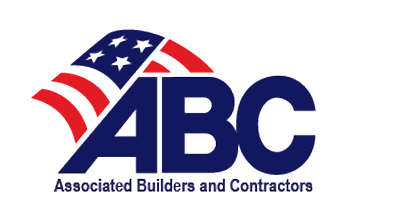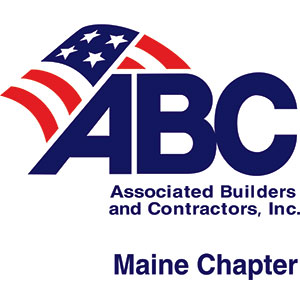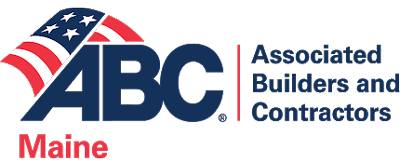If you are having difficulties hiring, you aren’t alone. The pandemic shutdown that started in March 2020 has only exacerbated this issue. Job shortages have gotten increasingly worse since then. Many people predicted that labor shortages would end along with pandemic unemployment benefits in September 2021. That didn’t happen. A CNBC Global CFO Council survey for Q3 2021 found that 84% of CFOs globally are struggling to hire employees. At 95%, the U.S. percentage was even higher.
According to a Wall Street Journal story published online Oct. 14, 2021, 4.3 million workers have left the job market, possibly for good, despite more than 10 million job openings. It is the biggest drop since World War II or longer. When the Wall Street Journal surveyed 52 economists about the drop, 22 thought the drop would be permanent.
You can’t blame it on pandemic unemployment benefits, which have expired. But it may be explained by other factors:
- Population growth has slowed down.
- Many people decided to retire, especially if they were already close to retirement age. This group accounts for approximately half the decline, according to an article by Daniel Bachman for Deloitte.
- Child care and elder care are expensive and hard to find. (Child care affects more people than elder care, but both are factors.) If trusted friends or family can’t help, many parents have opted to have one parent stay home for at least a few years.
- Some people have started businesses.
According to Erica Groshen in an article for Business Economics, three groups were most likely to be affected by job loss: Hispanics, Blacks, and women.
The construction industry faces specific challenges that range from inflationary pressure, rising commodity costs and other global supply chain concerns to the regulatory and legislative trajectory of a new administration.
Diversity among employees is important in any industry, but it is especially important for companies that struggle to hire skilled employees and increase profits. If you need to fill jobs, but you only look at a subset of the available employees who could fill that job, you may have a harder time hiring than companies that don’t limit themselves.
Gender diversity is especially important because there are slightly more women in the U.S. than there are men. Companies that actively hire women have more potential applicants they can consider because they are not automatically eliminating half the entire U.S. population.
That doesn’t mean other kinds of diversity don’t matter. For example, racial diversity is becoming more important as the U.S. heads toward becoming a minority-majority nation in 2044.
According to the U.S. Bureau of Labor Statistics, only 10.6% of those employed by the construction industry are women. Women are most likely to hold jobs in support functions; think information technology, the legal department and human resources. They are less likely to hold jobs on the front lines of a job site – that’s one for every 100 employees in the field. Considering that women make up 47% of all employed individuals, this means that the construction industry is only benefiting from about 1.25% of women in the workforce.
Companies that want to have a competitive hiring edge will also consider offering employees family-friendly options such as flexible hours, work-from-home options, and on-site daycare.
Many companies have been offering more money to employees. Extra money is nice, but it probably isn’t enough if potential employees have heavy family responsibilities to consider. Companies that want to have a competitive hiring edge will also consider offering employees family-friendly options such as flexible hours, work-from-home options, and on-site daycare.
Even though family-friendly options are most likely to appeal to women, they will also make the workplace more attractive to men. After all, all employees value their families, and most people welcome ways to balance their work and family responsibilities. You can expect all employees to periodically assess their options and change directions if they don’t like what they see. Still, if you have created a work environment that accommodates their personal lives, they will probably reward that accommodation with loyalty and better job performance.
It is also important to ensure that employees with equal qualifications have equal work assignments. Jeff Brady wrote about Stephanie Puckly for NPR in 2017. Ms. Puckly received a summer internship at a Texas company that builds offshore oil rigs after her freshman year at the Pennsylvania College of Technology. She spent the summer working in an office instead of welding, and that disappointment was enough for her to change her career path. Her next internship was in the automotive industry instead.
If you are already having difficulty filling positions, you really don’t want smart, capable employees to leave the company for better opportunities. But minus a clear career path and exciting work challenges, those are exactly the people you are most likely to lose.
Diversity can do more than solve employee shortages. It can also make a company more insightful, innovative and profitable. The Peterson Institute for International Economics has calculated that businesses increase their net profit by 6% when they have women leaders. And McKinsey’s research ranked companies by gender diversity within the executive team. Those in the top 25% were 21% more likely to have above-average profits than those in the bottom 25%. Executive teams that were ethnically and culturally diverse were 33% more likely to have above-average profits.
But you can’t change results without changing whatever causes those results. That means increased diversity can’t happen unless it is intentional.
Although many big companies have responded to hiring shortages by offering higher pay and more generous benefits to prospective employees, it hasn’t been enough to solve the problem. But they can do more. They can increase the labor pool size by improving diversity within their companies. That means encouraging more young people, especially women, to gain the necessary technical skills from a young age. Companies can create supportive communities by figuring out why they have a gender gap and then closing it. The process involves creating apprenticeships, mentoring and training programs, investing in STEM classes, and giving high-performing women the necessary experiences for a meaningful career.
Companies can do a better job of telling women about the potential opportunities in construction and encourage them to begin preparing for those opportunities while they are still young. They can also compete more effectively with other companies and even other industries if they offer a work environment that better accommodates everyone’s family responsibilities.












